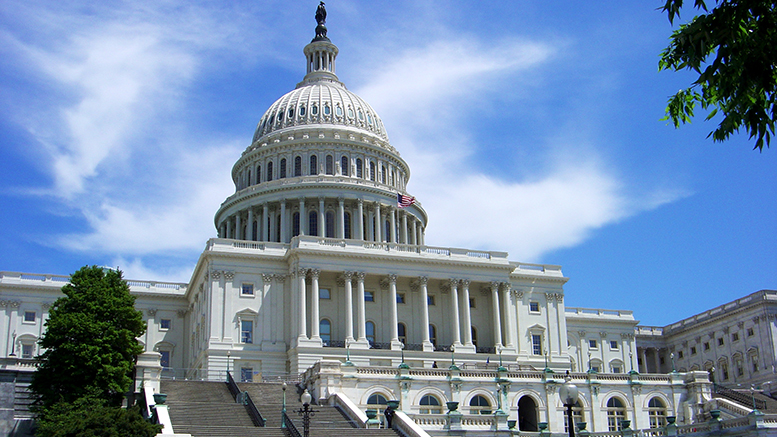A spending bill passed Wednesday by a Senate appropriations subcommittee would provide a 1.7 percent increase — $100 — to the maximum Pell Grant award, setting it at $6,020 for fiscal year 2018.
Republicans on the Senate Appropriations Subcommittee on Labor, Health and Human Services, Education and Related Agencies noted that the bill would mark the first discretionary increase in the Pell maximum in over a decade. Since the 2013-14 award year, the maximum Pell Grant has automatically increased each year based on inflation; the inflation-indexed increases expire after the 2017-18 award year.
“The will ensure the maximum grant will continue to increase next school year, which will help students keep up with rising costs and reduce the need for student loans,” Subcommittee Chair Roy Blunt (R-Missouri) said during the markup, which latest less than 15 minutes. The full Senate Appropriations Committee will mark up the bill on Thursday.
The House appropriations bill, approved in July, would keep the maximum at $5,920.
Cut to Pell surplus
The Senate spending bill also takes a page from House appropriators and targets the Pell surplus for cuts. It recommends cutting $2.6 billion from the surplus, which totals $8.5 billion for FY2018. The House wants to cut $3.3 billion.
In his opening statement during the markup, Blunt noted that the he and Sen. Patty Murray (D-Washington), the panel’s ranking members, have “already discussed that we will readdress two of the decisions made in the Senate bill—the level of funding for operational expenses at the Social Security Administration and the Pell grant rescission.”
The American Association of Community Colleges and the Association of Community College Trustees this month asked Senate appropriations leaders to maintain current spending levels for the Pell program and to protect its reserve. Education advocates have argued that dipping into the Pell surplus to cover budget gaps will hurt the program overall, noting that the surplus was used to help cover the costs of the recently reinstated Year-Round Pell in the current fiscal year.
An outline of the vast Senate spending bill noted that it also would provide “more than sufficient funding” to continue Year-Round Pell, which is part of the program’s base costs.
The Senate bill also would:
- Restore Pell eligibility for defrauded students and for students at schools that closed.
- Provide $95 million for apprenticeship programs, with a focus on helping training in rural areas.
- Level-fund Career and Technical Education State Grants ($1.1 billion), Supplemental Education Opportunity Grants ($733 million) and Federal Work Study ($990 million).
‘Best we can do’
Both Blunt and Murray opened their statements noting that the bipartisan bill was challenging to craft.
“We had to compromise, find priorities we could both agree on, and so in an environment when our effective discretionary funding level is approximately $800 million below last year,” Blunt said.
The bill is “the best we can do with what we have” and signifies a need to “work towards another budget deal to increase investments in domestic priorities,” Murray said.

